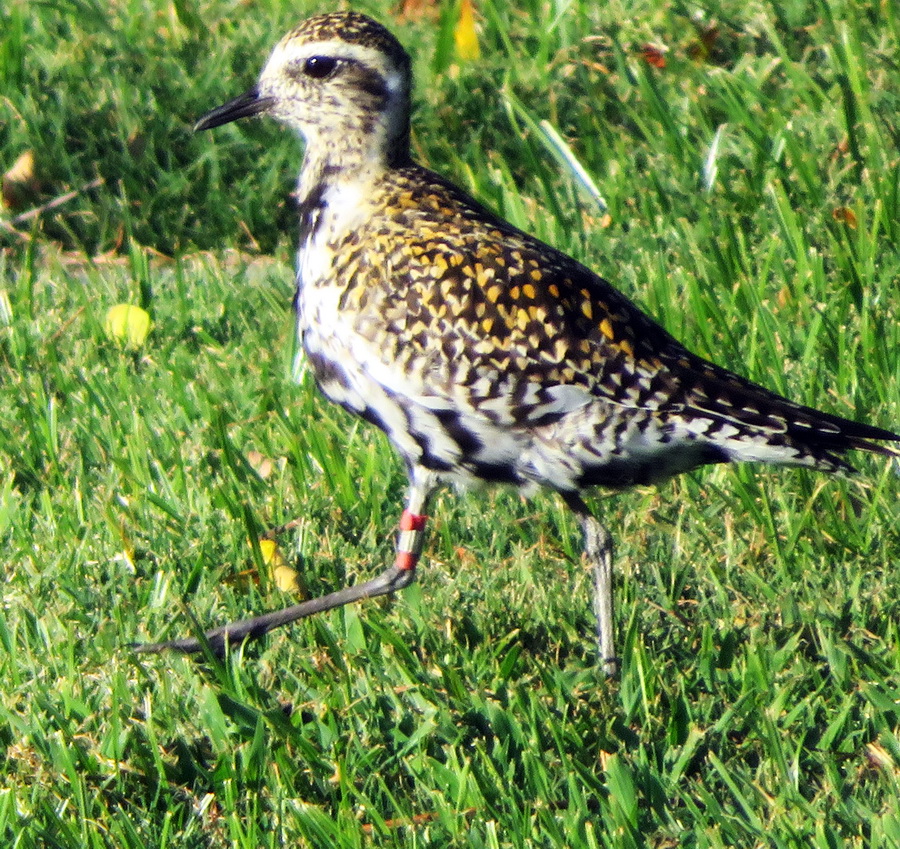
Mr. X, banded 18 years, 6 months ago at Punchbowl cemetery. Sigrid Southworth photo
March 24, 2021
Earlier this year, Kolea fan, Sigrid Southworth, spotted a plover at Punchbowl Cemetery with colored leg bands. The bird was too far away for a picture, and during subsequent visits, Sig, a retired Kamehameha Schools teacher and longtime helper of plover expert Wally Johnson, did not see it again.
Because the bird hangs out in the X section of the cemetery, Sig nick-named it, Mr. X. (That may change to Ms. X after the bird’s new spring feathers have all grown in.)
Last week, during one of her many plover monitoring visits to this cemetery, Sig sat in her car near section X to watch the four plovers that have been foraging there this winter. Since she was too far away to see which, if any, wore leg bands, after about 20 minutes, Sig walked slowly toward them.
And there, standing about 50 feet away, was bird-with-bands, Mr. X. Sig shot several photos, keeping her distance so as not to startle the bird into flying.

Sig’s discovery is excioting news. The last time Wally Johnson banded Kolea in Punchbowl was over 18 years ago, making this individual a minimum of 18 years, 6 months old. The bird might be older. Wally didn’t know the bird’s age when he placed the bands on its leg. Sigrid Southworth photo
The current age record for Pacific Golden-Plovers is a Bellows bird that disappeared 21 years and 3 months after banding. I know all Kolea fans join me in wishing Mr. X continued good luck in his 3,000-mile migrations. We hope he/she will reach, or even break, Mr. Bellow’s age record.
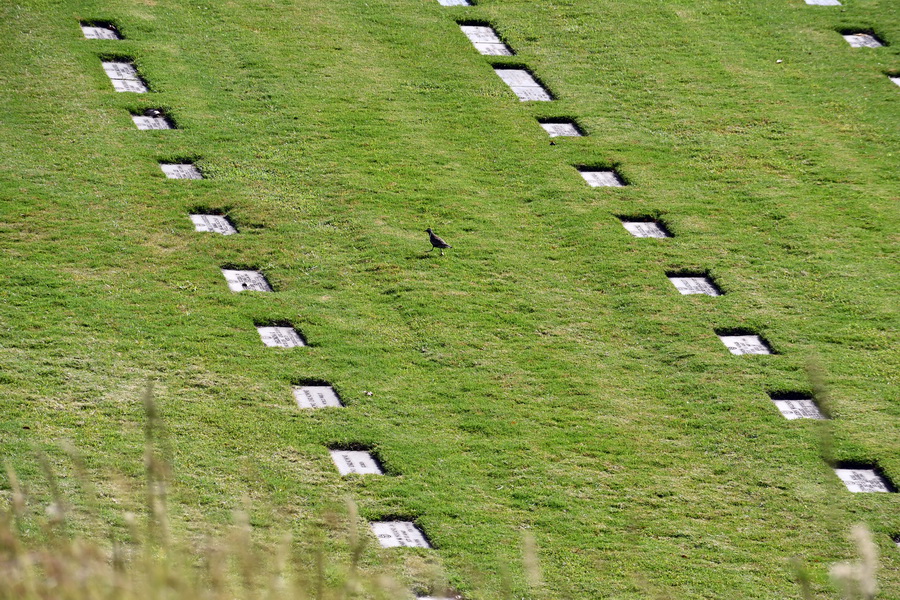
Heads-up: If you go to the National Memorial Cemetery of the Pacific (Punchbowl), an excellent place to watch plovers, rules of respect are enforced. I have been warned twice by security guards that neither walking (meaning strolling about) nor bird watching not allowed. Visiting graves or memorials, however, is fine. Now when I’m there, and they ask, I am “visiting.” Susan Scott photo.
In other Kolea news, we launched this first-ever, statewide Kolea count just as Covid-19 changed the world as we knew it. Even though I didn’t get to advertise the count by giving talks in person on Oahu and neighbor islands, word got out and plover lovers responded.
To learn what worked, what did not, and what the future holds for monitoring our much-loved Kolea, tune in to my PowerPoint talk this Thursday, April 1st, at 6:30 PM via the Hanauma Bay Education Program’s live Webinar. Register at bit.ly/31poIjB (You must resister to get an invitation.)
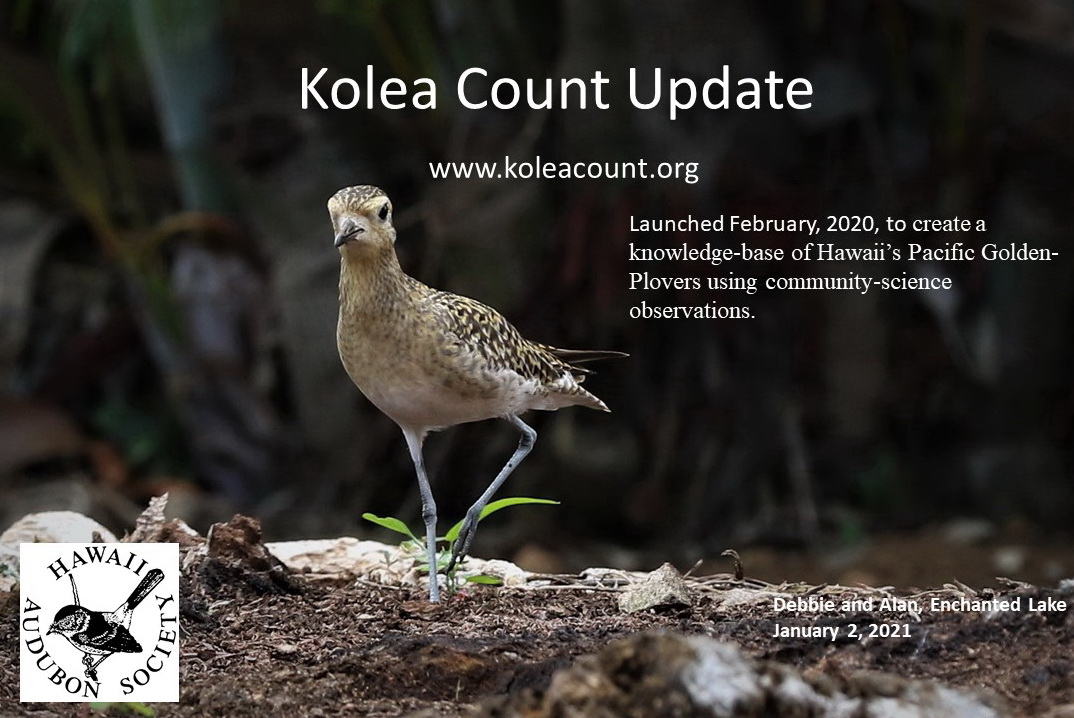
My update on the Kolea Count is Thursday, April 1st at 6:30 via live Zoom. Register to join me.
All of April’s Thursday talks at Hanauma Bay are being given by members of the Hawaii Audubon Society. To hear and see the latest on some of Hawaii’s native bird issues, listed below, register at this link: Hanauma Talks – Hawaii Audubon Society – April 2021
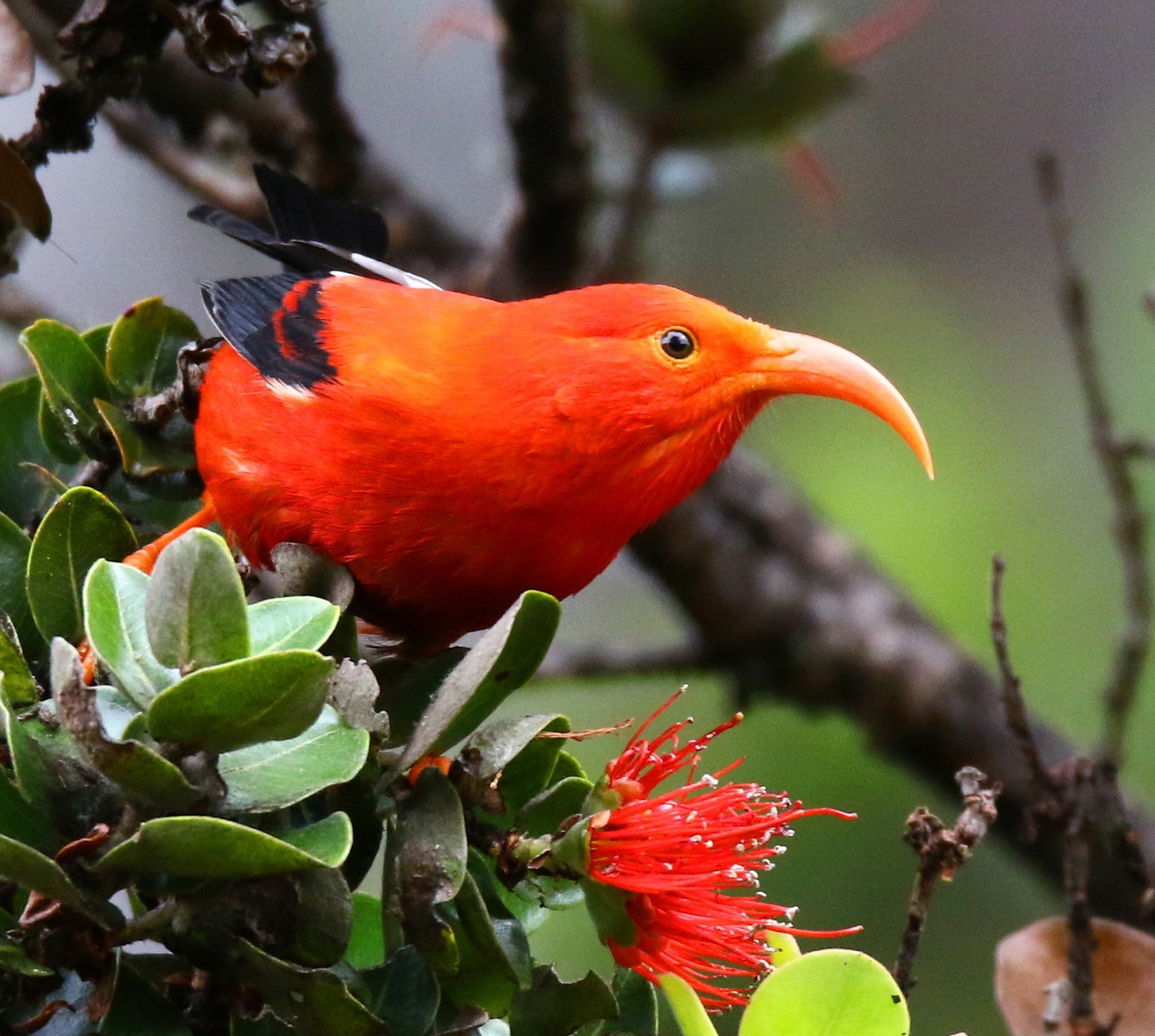
April 8:”Birds, Not Mosquitoes: Saving our Native Forest Birds” presented by Teya Penniman. ‘I’iwi photo by Ann Tanimoto-Johnson
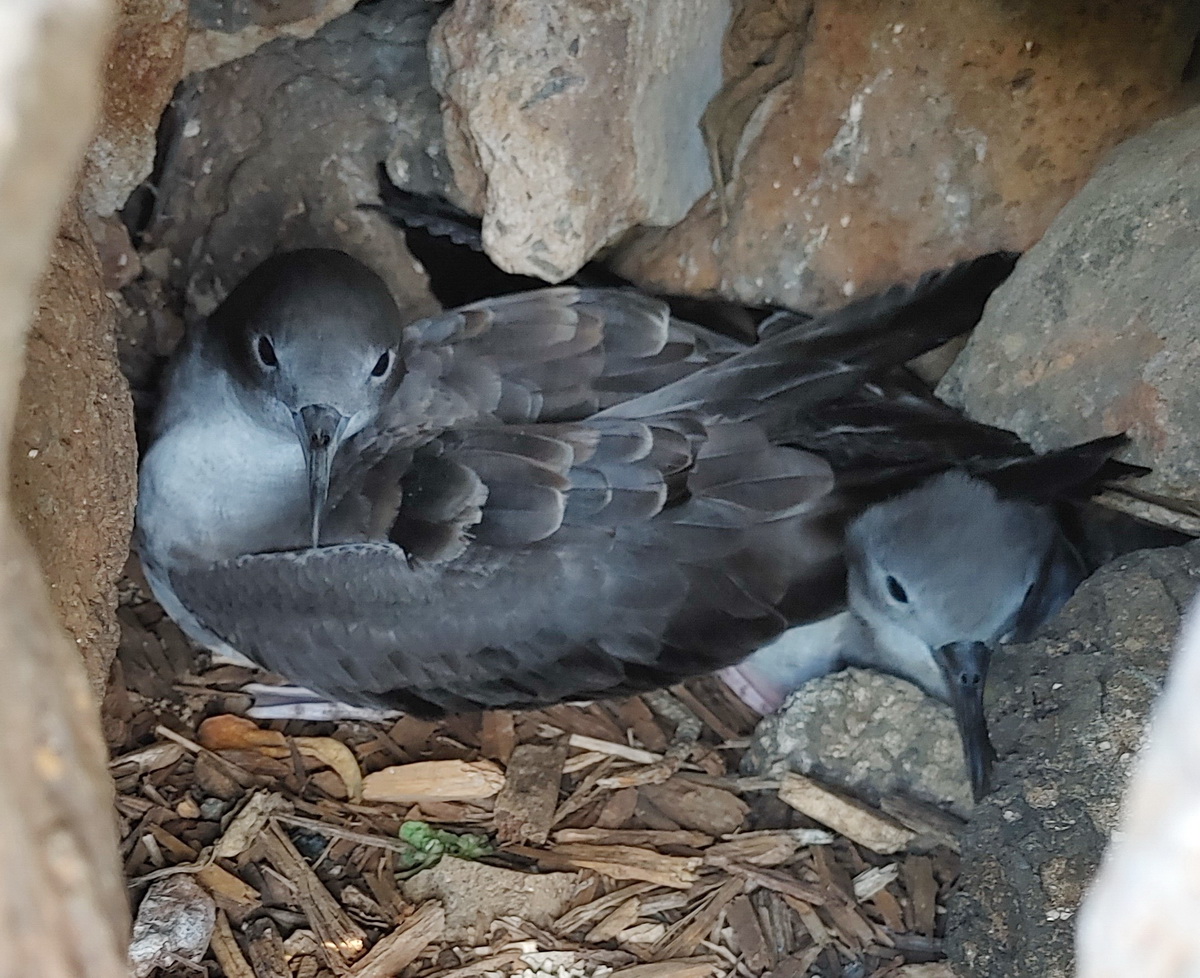
APRIL 15:“Act Locally, but Think Globally: Considering Multiple Ocean Drivers of Wedge-tailed Shearwater Populations” presented by David Hyrenbach (Wedgies are pairing up this spring at the Freeman Seabird Preserve. David Hyrenbach photo.
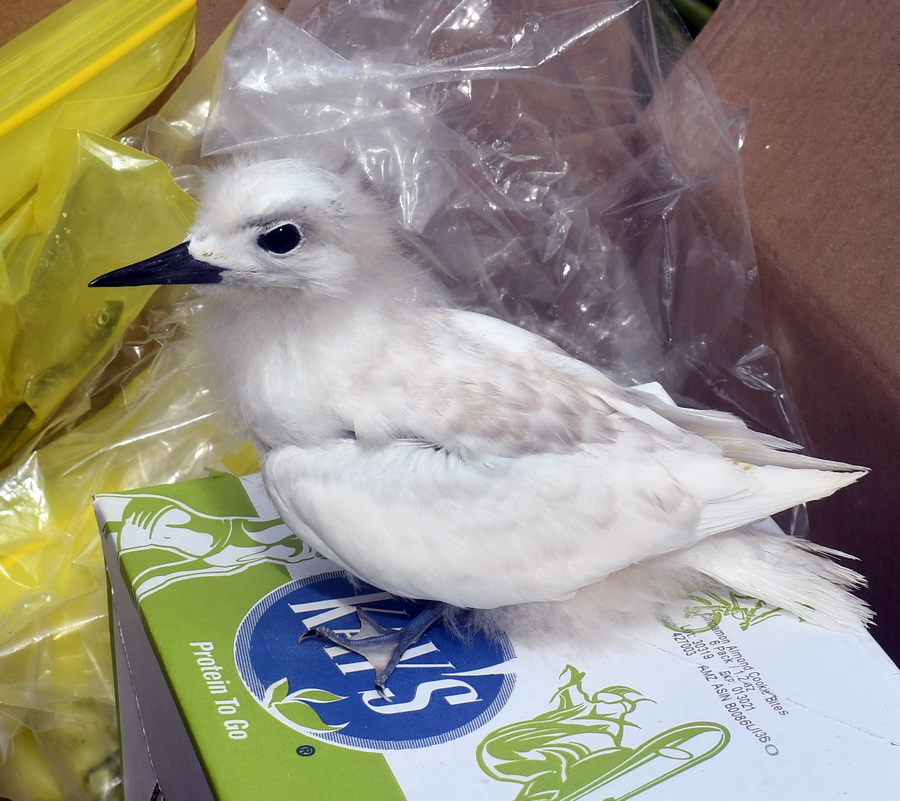
APRIL 22: “Honolulu’s White Terns, the Trees they Breed in and the Arboriculture Community: An Urban Conservation Success Story” presented by Richard Downs. Photo: A tern chick rescued from Wahiawa, probably taken there as a potential pet. Susan Scott photo
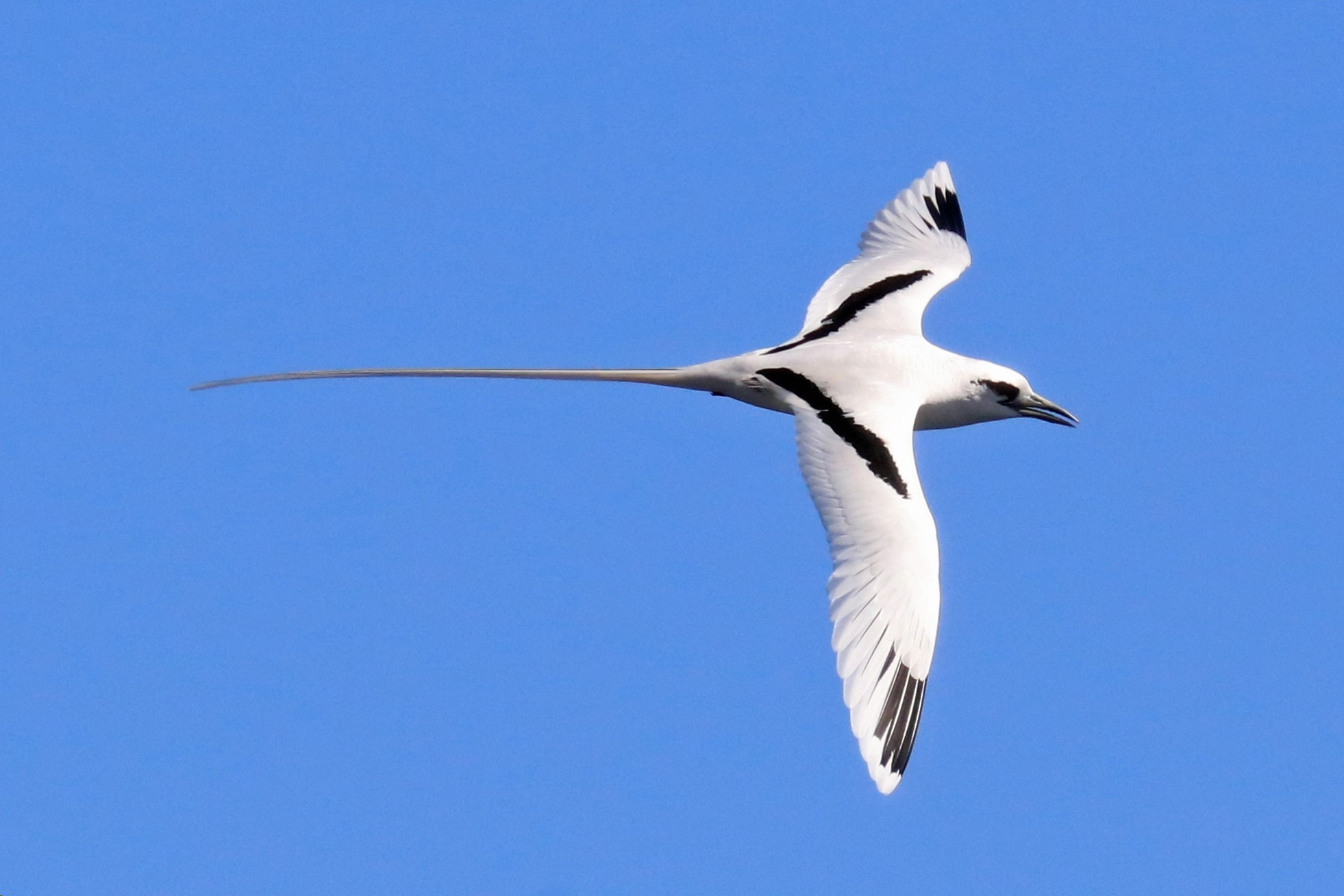
APRIL 29. “Bird Watching and Photography in East Oahu” presented by Tom Fake. White-tailed tropicbird photo by Tom Fake
This is a bittersweet time of year for us Kolea fans. One woman told me that she enjoys seeing the birds getting dressed up for prom, but hates it when they actually go. While it’s a joy to watch the birds’ brilliant breeding feathers gradually fill in, we know that the wardrobe change means nearly all plovers will soon leave Hawaii, a day that feels sad and lonely to countless plovers lovers.

One of Mr. X’s fellow foragers in the X area of Punchbowl cemetery. The bird is filling in its spring breeding feathers. Sigrid Southworth photo.
Most birds will take off the last week of April, and a few in early May. It’s unknown what triggers the exact day of departure, or if that day is the same year after year. We plover watchers can remedy that by reporting on this site the last day we saw our bird or birds. It’s also helpful to report birds that didn’t go at all, as well as when the birds return.
As for counting in this trial study, we ended the Big Counts on March 31st because we think that in April, the birds begin to abandon their winter foraging grounds to gather together for the big liftoff. You can help us learn more by watching and reporting the Kolea’s behavior in April. All data are useful. If you can continue counting your area until the birds are all gone, please do so, and if necessary, add notes to explain what’s happening.
Thank you for sticking with me, Susan, and the Kolea during this trying year. I’ll be in touch. Too-weet.